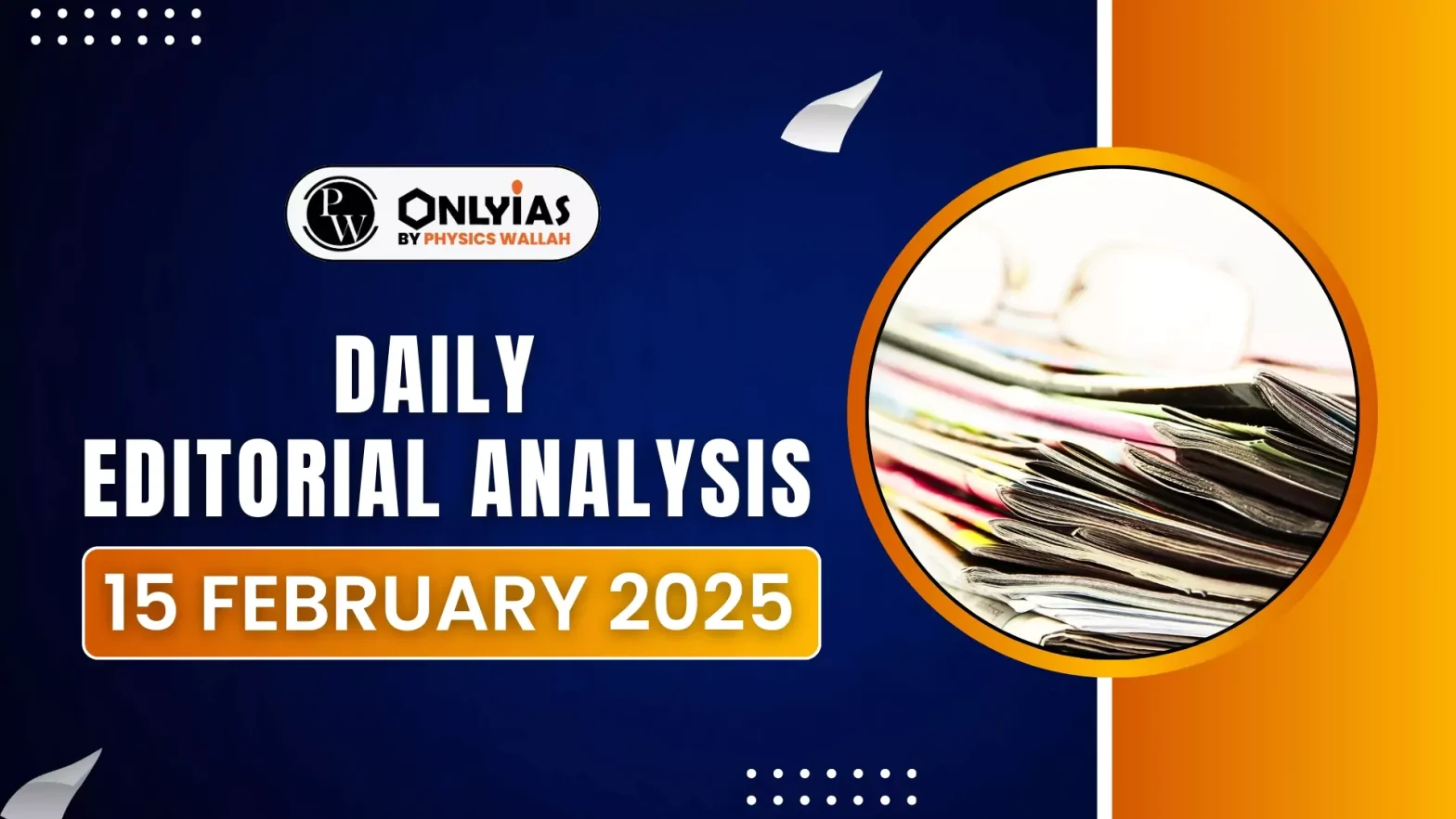SIX years ago, on February 14, 2019, a CRPF convoy was attacked by a vehicle-borne suicide bomber in Pulwama, Jammu and Kashmir, resulting in the tragic loss of 40 personnel
Balakot Air Strikes and Aftermath
- Attack Responsibility: Pakistan-based terrorist organisation Jaish-e-Mohammed (JeM) claimed responsibility for the Pulwama suicide bombing.
- The assailant, Adil Ahmad Dar, had joined JeM one year before carrying out the attack.
- Military Response: On February 26, 2019, Indian Air Force (IAF) Mirage 2000 jets crossed into Pakistani airspace and struck a JeM camp in Balakot, Khyber Pakhtunkhwa.
- This marked a significant departure from previous engagements, as operations had earlier been confined to areas along the Line of Control (LoC).
- Aerial Dogfight: The next day, Pakistani fighter jets conducted retaliatory strikes in the Jammu sector. India claimed to have downed a Pakistani F-16, while an Indian MiG-21 was shot down. Indian pilot Wg Cdr Abhinandan Varthaman was captured by Pakistani forces.
- Diplomatic Pressure : Reports indicated that India was preparing for a missile strike on Pakistan. To ease tensions, Pakistan announced the release of Wg Cdr Abhinandan as a ‘peace gesture’.
- According to former Indian High Commissioner Ajay Bisaria, India’s coercive diplomacy played a key role in securing the pilot’s release.
Strategic Implications
- End of Passive : The Balakot strikes demonstrated that India would not remain passive in response to Pakistan-sponsored terror attacks.
- End of Nuclear Blackmail: India showed its willingness to use military force to impose costs on Pakistan, challenging Rawalpindi’s strategy of nuclear deterrence.
Pakistan’s Response
- Retaliatory Strike: Pakistan launched Operation Swift Retort on February 27, 2019, as a counter-response to the Balakot airstrikes.
- Pakistan’s Inter-Services Public Relations (ISPR) declared the operation a success, stating it demonstrated Pakistan’s resolve against any aggression.
- Victory Narratives: Both India and Pakistan declared success, reducing incentives for further escalation, leading to a swift de-escalation of the crisis.
Strategic Doctrines of Both Nations
- Use of Airpower: India’s political leadership now considers conventional military superiority, including air strikes, as a deterrent against Pakistan’s use of terrorism.
- Former IAF Chief ACM RKS Bhadauria emphasized that Balakot demonstrated a space within sub-conventional conflict where airpower can be used without full-scale escalation.
- ‘Quid Pro Quo Plus’: Pakistan’s strategy aims to respond to India’s limited military actions with a slightly more escalatory but controlled counterstrike.
- Divergent Perceptions:India dismisses Pakistan’s nuclear posturing as a bluff. Pakistan, however, sees nuclear weapons as a key deterrent preventing India from escalating beyond limited strikes.
- Nuclear Deterrence : Retired Lt Gen Khalid Kidwai argued that Pakistan’s nuclear weapons prevented India from expanding its operations beyond a single strike.
Risk of Future Crises
- Lack of Diplomatic Channels: With minimal direct communication, misunderstandings or misinterpretations could escalate tensions unexpectedly.
- Public Pressure & Social Media: Rhetoric-driven public sentiment can pressure leaders into taking swift, decisive military action.
- Henry Kissinger’s Warning: In World Order, Kissinger cautions that digital-era populism can override strategic decision-making.
Managing Escalation
- India’s Statement: Described Balakot as a “non-military pre-emptive action” aimed at avoiding civilian casualties.
- Pakistan’s Statement: Emphasized targeting “non-military assets” while avoiding collateral damage.
- Despite military engagements, both nations signaled their intent to prevent full-scale war.
Conclusion
The absence of dialogue and public rhetoric remains a challenge, requiring careful crisis management to prevent unintended consequences.
![]() 15 Feb 2025
15 Feb 2025

